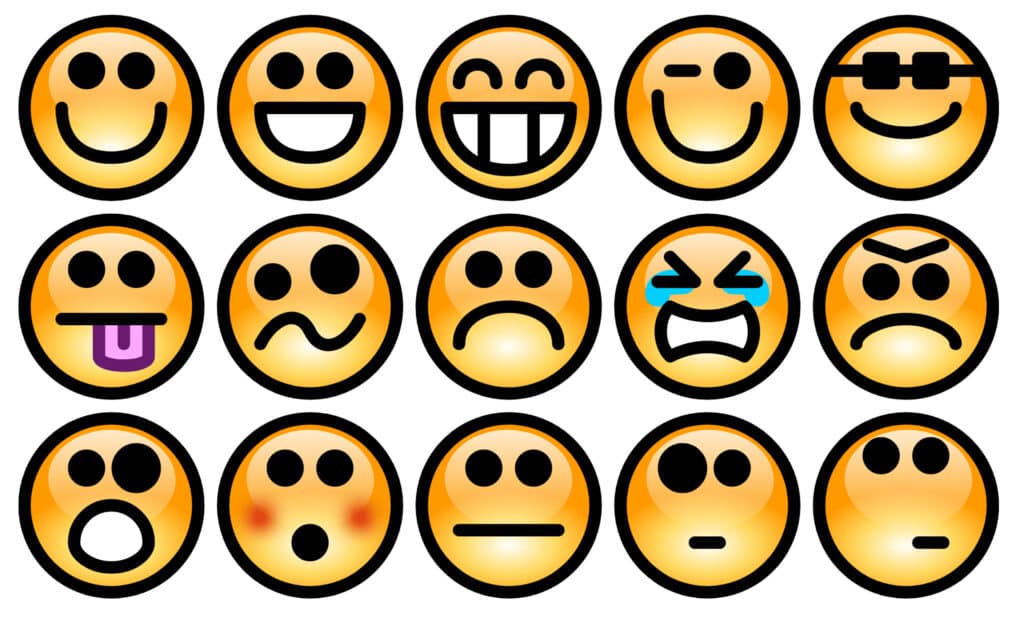
By Jenny Naguit MSW, LCSW
Why is My Therapist 9 (or TikTok) Telling Me to Feel My Feelings?
“I’m mad, but I’m being dumb”, “I just want to get over this sadness”, “I need to stop myself from being anxious”. Emotions are a core feature of our shared humanity, and yet, I regularly hear clients expressing their desire to minimize, ignore, and disregard their internal experiences. Feeling our feelings is essential for treating mental health challenges, developing resilience, and thriving in our communities.
But, many of us didn’t learn that. Many of my clients, my younger self included, were taught some feelings were bad, other feelings were good, and certain feelings cost us connection and
approval from others. While many of us were taught we need to “be happier”, “focus only on the positive”, or “get rid of our sadness/anger/anxiety”, these practices come at a cost. Our vitality, ability to honor our boundaries, connect with others, and act within our values is strengthened by feeling our feelings. Being with our feelings may seem difficult, scary or far away, but I also know you deserve the experience of fulfillment, connection, and joy that comes with it.
Below are some exercises to encourage reconnecting with our emotions. When you are starting out, set aside 5-15 minutes to do one exercise in a place that feels safe and welcoming.
Afterwards, if it feels good, you can direct some gratitude for taking a moment to connect with yourself.
Draw a picture of sadness
Sadness is a part of being human. It signals that we need support, tells us what we treasure most, and moves us through grief. Give your sadness a shape, color, or image. This is different than thinking about a time you felt sadness – imagine if your sadness (or any emotion) took a form.
Write a list of what excites you
Excitement ignites our curiosity, brings us toward what motivates us, and instills hope. Write a list of what excites you, big and small, and maybe share your list with a loved one. As you're writing, notice any sensation in your body. Excitement can feel bubbly, expansive, energizing, and light.
Dance, move, or pose your body for anger
Humans are meant to experience anger. Anger is protective, clarifies our boundaries, inspires us to challenge injustice and make things right for ourselves and our community. Most of us were taught or shown anger by people who did not know how to be with their anger or who expressed their anger in the context of fear and exerting power. Move, dance, pose, and feel your anger in a context that feels secure – to a song, in the shower, with someone who gets you. It takes many of us time and practice to reconnect and trust our anger.
You can start with these exercises and see what happens or switch out and try different emotions. Some people will prefer to do these on their own, others with a loved one, family, a close friend, or their therapist.
If it helps, know that you are not alone – I am cheering you on and already beaming at your journey.
